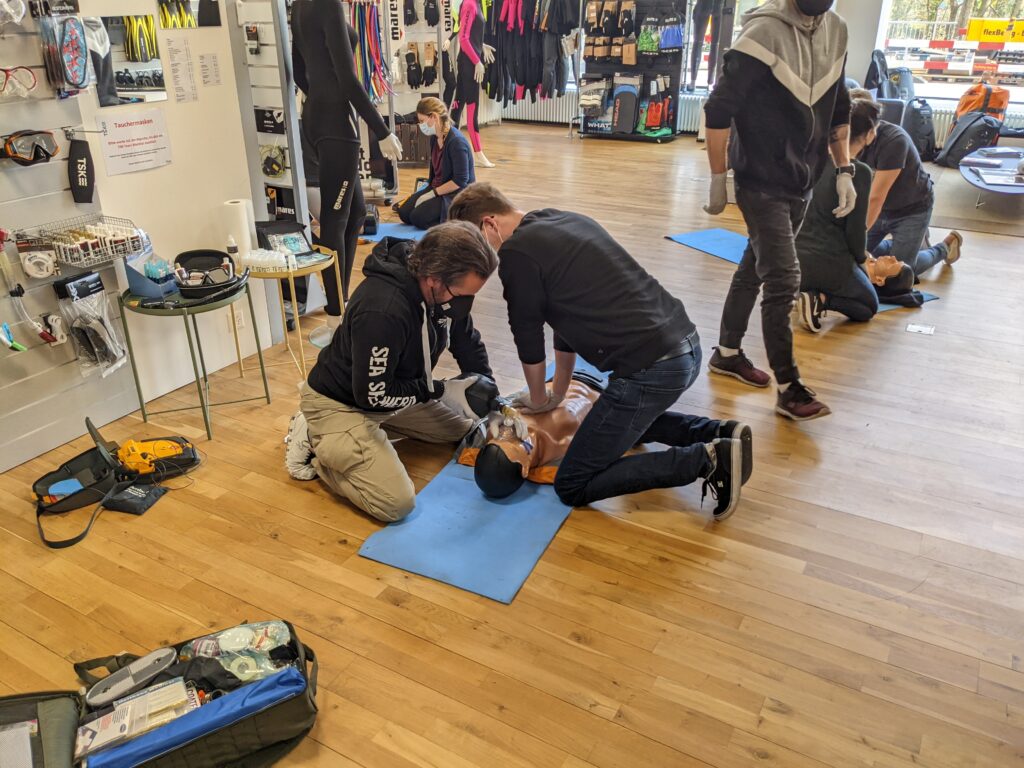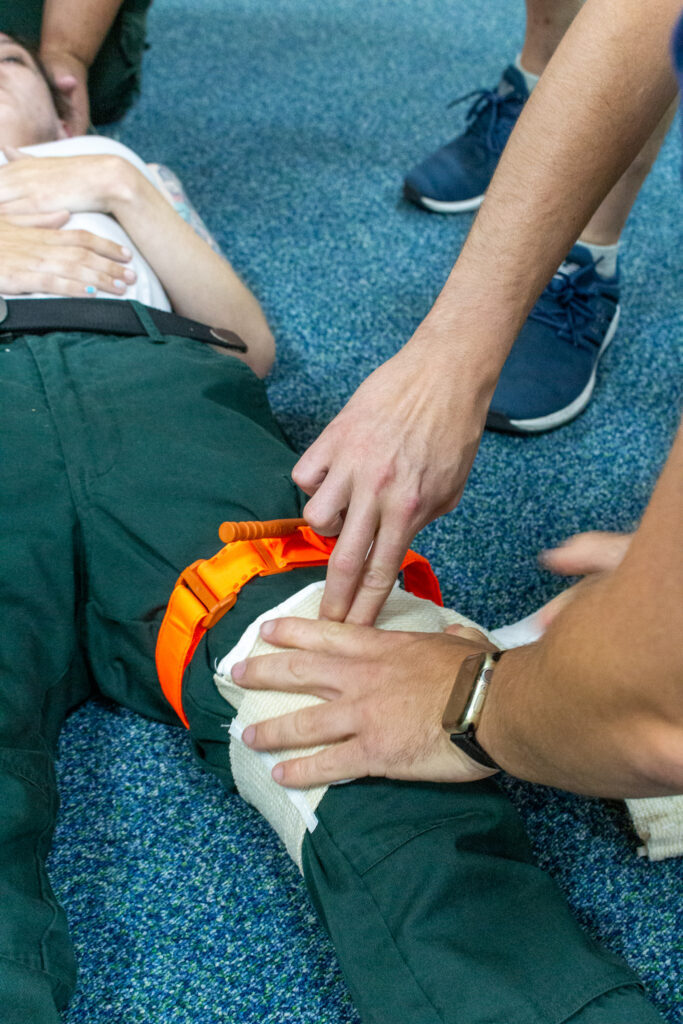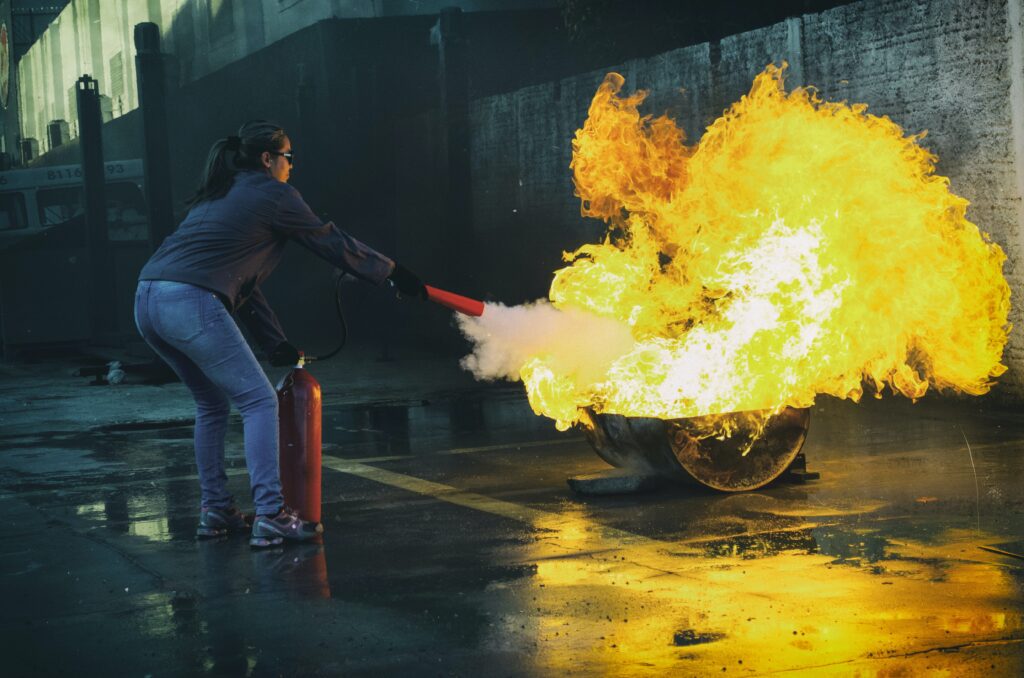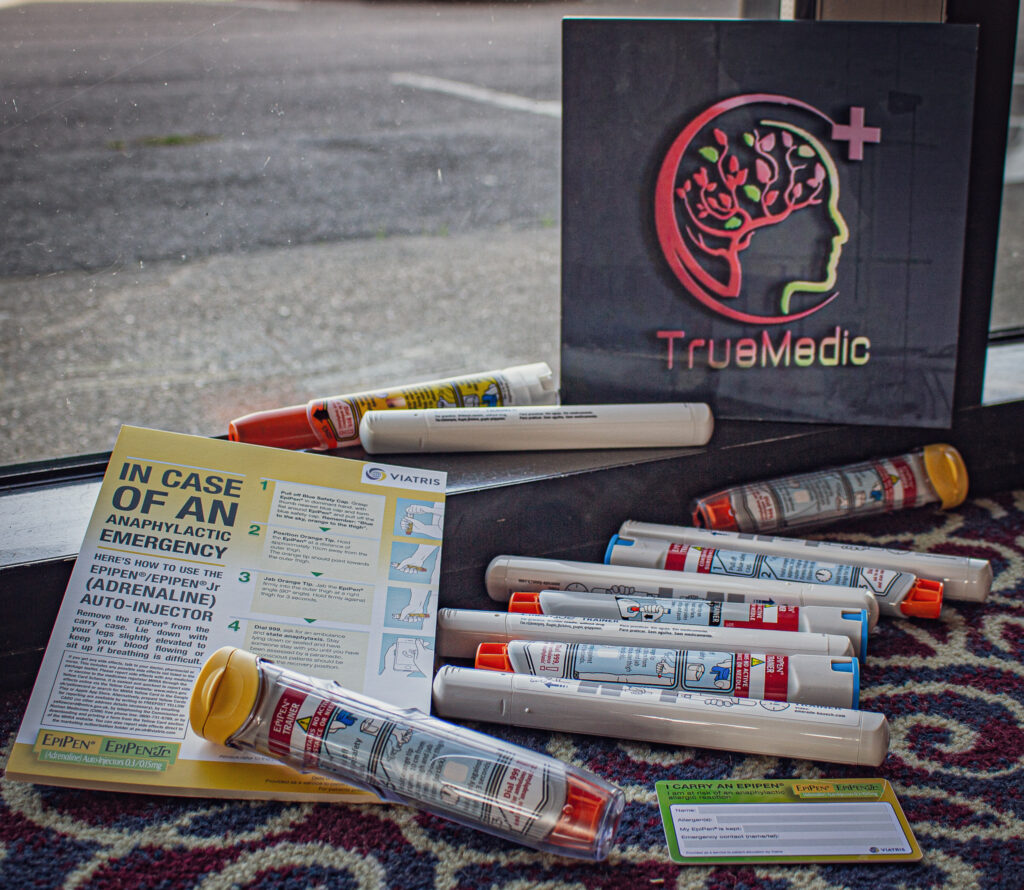We know everyone is prone to a heart attack, whether it’s the young generation or the old. The increased stress level, poor diet, and sedentary lifestyle have affected our heart health. Heart attacks may strike anytime, without warning. First aid for heart attack is essential for saving the life of your loved one in such a situation.
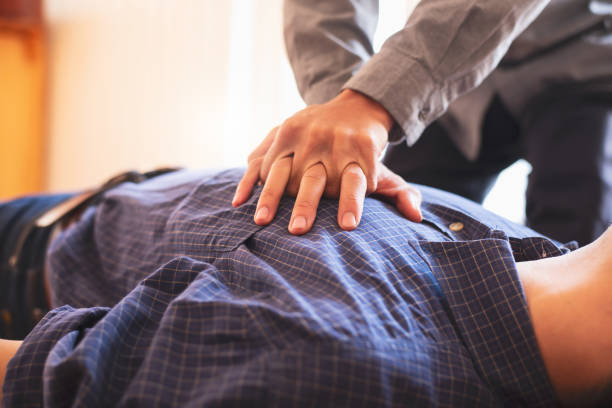
Many of us are unaware of what action to take as soon as a person suffers a heart attack. If a person has a heart attack in front of you and you are not sure what to do in such a situation, and ultimately he loses his life, it will be heartbreaking. Ambulances can take a few minutes to arrive, and in that situation, appropriate first aid for heart attack can help you save the life of your near and dear one.
To avoid such a situation, every person should know the necessary steps to take in a heart attack case. In this article, we discussed the key steps of first aid for heart attack, which will help you to provide timely and effective assistance to your loved one or any person suffering from a heart attack.
Signs And Symptoms of Heart Attack
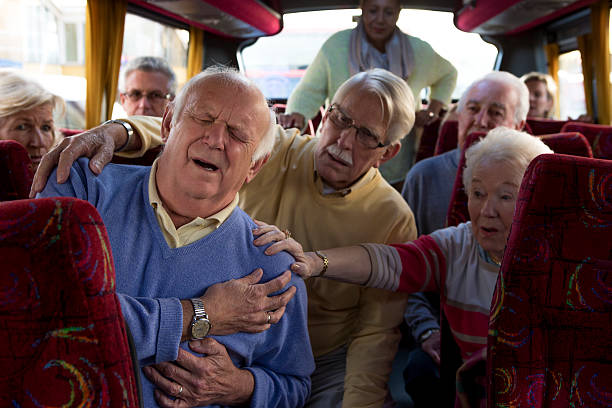
A heart attack is also known as the silent killer because it may happen without giving any prior warning symptoms. A heart attack usually occurs when the artery is blocked due to plaque accumulation. It’s important to recognize the signs and symptoms of heart attack as they can help us save a life.
1. Chest Pain
One of the most common symptoms which may occur in both men and women is chest pain, tightness, or discomfort. In many cases, chest pain may spread to the neck, jaw, shoulder, and arms. Sometimes, females may experience chest pain in the abdomen or back.
2. Shortness of Breath
The most obvious signs and symptoms of heart attack are shortness of breath or difficulty breathing. The person may feel the air is blocked in their chest and even feel suffocating. The breathlessness may increase when the person walks, exercises, or even tries to lay down.
3. Nausea and Vomiting
A person suffering from a heart attack may feel sick with vomiting and nausea. They may also experience dizziness, cold sweats, and clammy skin. The vomiting may feel like indigestion.
4. Cold Sweat
When a person experiences cold sweat may signify a heart attack. The skin may become clammy and pale. Loss of consciousness may also occur due to lack of oxygen, and sweating may accompany chest pain. [1]
These are some common signs and symptoms that you should look for if you think someone has a heart attack.
Along with these physical symptoms, there may also be a feeling of anxiety, depression, and fear. Businesses should invest in first aid training so that people know how to respond to a situation of a heart attack.
Step By Step Guide To Handle a Heart Attack

Feeling panicky and helpless may be your immediate response when someone around you has a heart attack. But keeping a cool head and being well-informed could save their life. Here is a step-by-step guide to handling this critical situation correctly:
1. Call The Emergency 911
If a person is having a heart attack, it’s essential to act fast. While many steps can be taken to provide first aid, the most important is to call emergency 911 services immediately. This will ensure that the appropriate care is provided promptly, knowing that every minute counts when dealing with cardiac health issues.
In addition, calling for help also gives you peace of mind by allowing trained medical professionals to assess the situation. After all, you don’t want to take chances regarding heart health! So if you ever find yourself or someone else in a situation where they may have a heart attack, do not hesitate to call the emergency services immediately because time is of the essence.
2. Give An Aspirin
When experiencing the symptoms of a heart attack, it can be downright terrifying knowing that every second counts. Your best bet is to get to the hospital as quickly as possible for treatment, but there is something you can do in the meantime.
A study from Tufts University[2] suggests that one of the first steps in addressing an oncoming heart attack could be chewing and swallowing an aspirin. It won’t be enough to fix the problem entirely. Still, it is believed that taking an anti-clotting agent like aspirin will help by reducing the development of blood clots and improving circulation in major arteries.
If someone has a heart attack, and you have an aspirin tablet available, it’s worth trying. Remember, though, this method should only be used as a supplemental measure while seeking emergency medical attention; it shouldn’t replace immediate care. Next time you’re dealing with an emergency concerning your heart health, rest assured, knowing that at least you won’t need a pill cutter before downing some aspirin.
3. Give Chest Compressions

Giving chest compressions is a life-saving measure if a patient has stopped breathing or has gone into cardiac arrest. Chest compressions help keep oxygenated blood flowing to the brain, heart, and other vital organs.
Compressions should be done at least 2 inches deep and 100 times per minute. To ensure you are doing them correctly, try counting out loud and keep a beat going in your head. It is also important to note that compressions should only be done if the patient has no pulse or has stopped breathing.
Doing chest compressions can be daunting, but it is essential for providing effective first aid when someone close to you is having a heart attack.
4. Try CPR As A Last Resort
Cardiopulmonary resuscitation (CPR) [3] is an emergency procedure that focuses on providing artificial respiration and heart massage. This can temporarily help when someone’s heart has stopped beating and is not breathing, but it does not replace calling for professional medical assistance.
CPR should only be used as a last resort when no medical care is available, or the person has completely stopped breathing. If you are untrained in this procedure, it’s highly recommended not to attempt CPR and wait for paramedics or other trained personnel to arrive. For CPR to be successful, it must be done correctly and quickly, so it is always better to defer to those with the proper training.
Basic essential knowledge of first aid is always necessary to save someone’s life and avoid future complications. So if you ever find yourself in a situation where someone has a heart attack, remember that time is of the essence, and your first aid knowledge is the best tool you have to help them.
The Acts That Do Not Have to Be Done in a Heart Attack
If your loved one, or any other person around you seems to be having a heart attack, you might want to start running around and doing things that could help them. However, it is important to remember that some things do not have to be done in such an emergency.
1. Crying And Panicking
It is understandable if you panic when something like this happens, but it is best not to do so as it will only exacerbate the situation. Instead, stay calm and look for help right away. It is important to stay calm in heart attacks and other emergencies, like a choking baby or fire.
2. Shouting For Help
It is unnecessary to shout for help when someone has a heart attack. Instead, try staying as close as possible to the patient and see if anyone around can help you call an ambulance or take them to the hospital.
3. Do not Leave The Patient Alone
It is important to stay with the patient as a sudden change in environment can lead to shock and further complications.
These things do not have to be done when someone has a heart attack. With this information, you should be able to handle such an emergency with confidence and poise.
FAQs
1. Can first aid prevent heart attacks?
Yes, timely and appropriate first aid can help prevent a heart attack. Taking immediate steps and calling for medical help could reduce the damage caused due to a heart attack.
2. Is chest pain always the symptom of a heart attack?
No, chest pain is not the only symptom of a heart attack. Sometimes, it can be confused with other common illnesses, so it is important to look for other signs, such as shortness of breath, nausea, dizziness, or indigestion.
3. What if the patient loses consciousness?
If the patient loses consciousness, it is important to call for medical help immediately. Meanwhile, lay them flat on their back and begin CPR if you know how. Do not move them unless necessary. Try to keep them calm and stable until medical help arrives.
References:
[1]https://www.mayoclinic.org/first-aid/first-aid-heart-attack/basics/art-20056679


